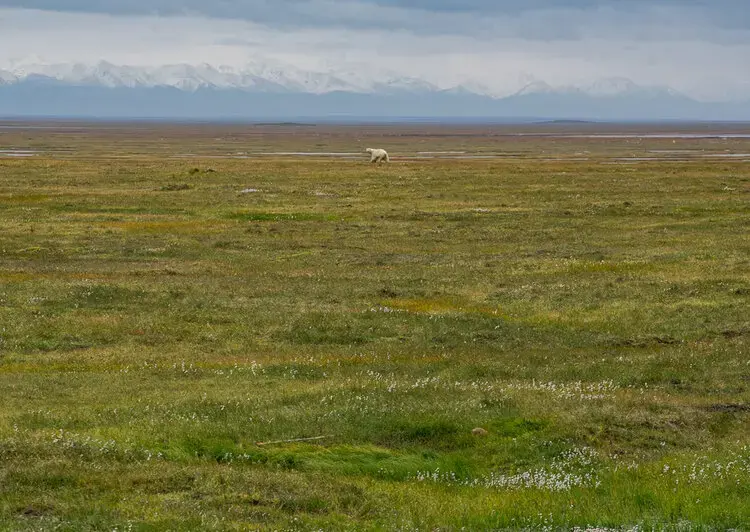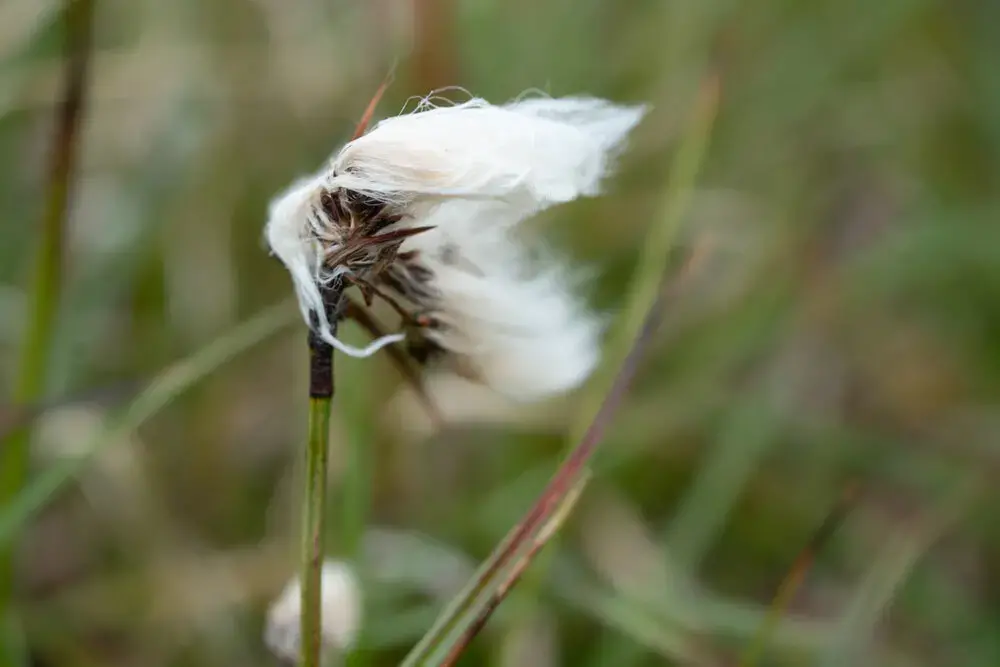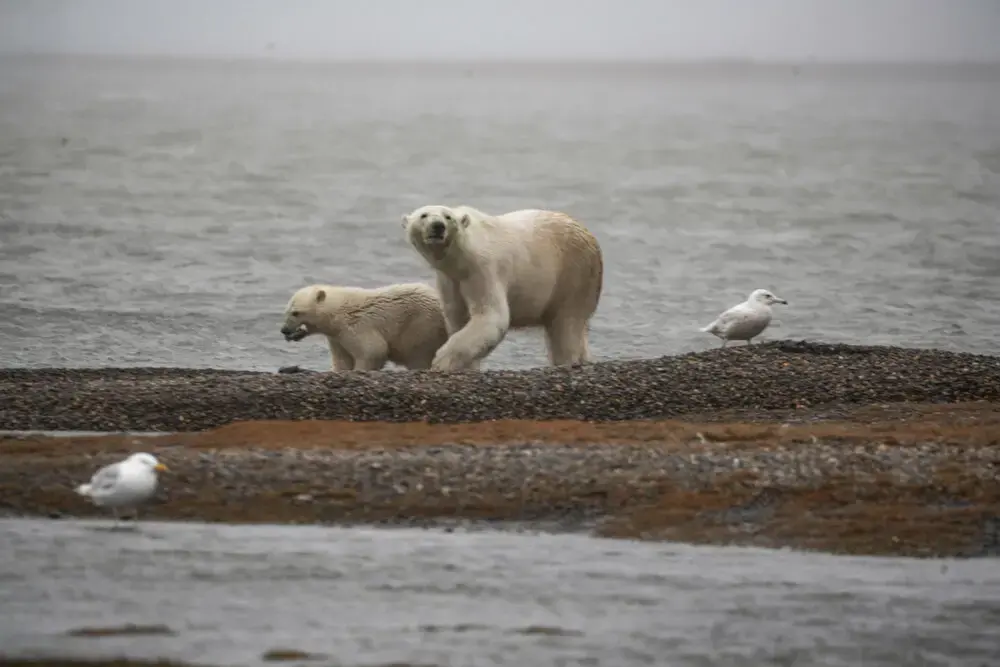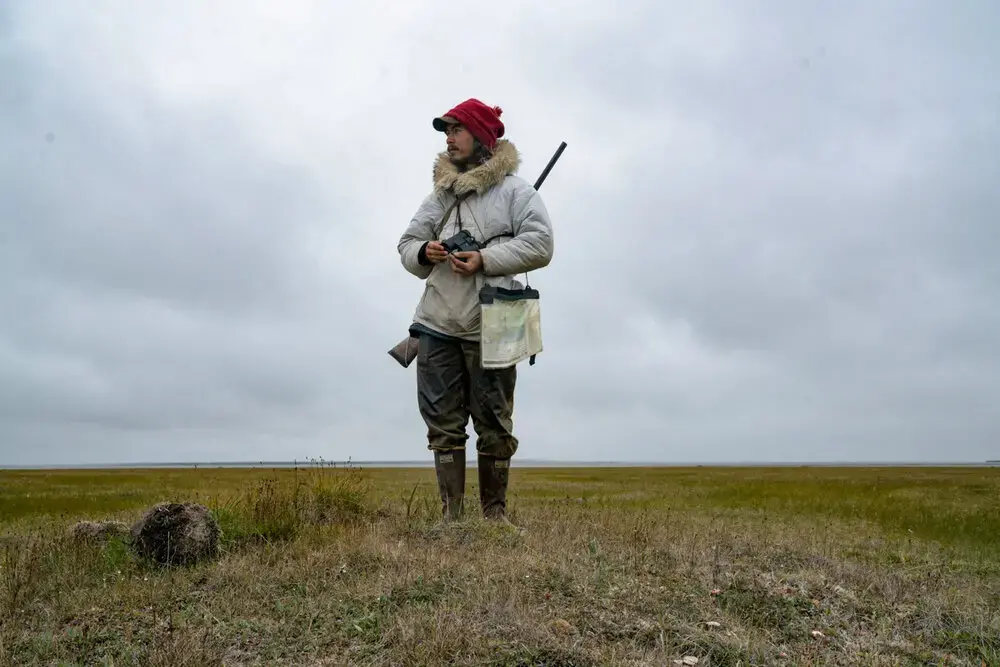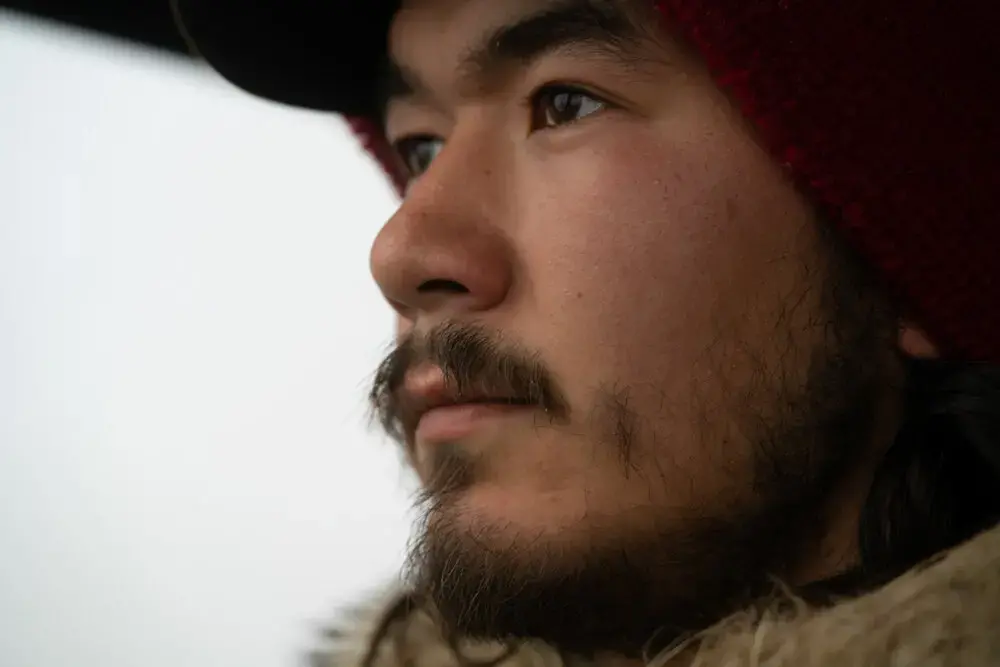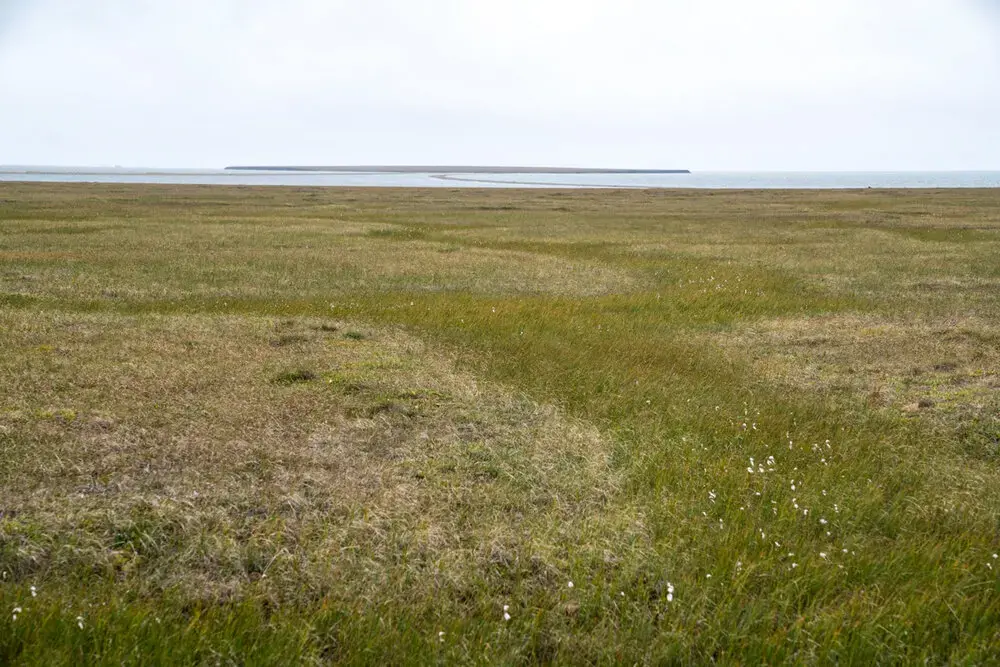
When the debate over drilling in the Arctic National Wildlife Refuge first emerged, most people had never heard of global warming. So over the last four decades, the controversies over oil in the Refuge and climate change evolved on different tracks.
Now, those tracks are intersecting. We dive into the resulting tensions and contradictions around oil and climate in this final episode of our miniseries on the Refuge.
LEARN MORE
JAMES HANSEN TESTIMONY
On a sweltering June day in 1988, scientist James Hansen testified before the Senate Energy and Natural Resources Committee. He told Congress that the planet is warming, and that humans are the cause. Much has been written reflecting on this massive moment in the history of understanding climate change. The New Yorker’s Elizabeth Kolbert reflects on his speech 30 years later here. Scientists discuss how his testimony stands up today in this video by Yale Climate Connections.
You can read the 1988 New York Times article about Hansen’s testimony here. The 1989 bill to allow drilling in the refuge, the one sponsored by Hansen, is here.
EXXON VALDEZ
In 1989, the Exxon Valdez dumped about 11 million gallons of oil into the Prince William Sound. It remains the second largest oil spill of all time and the damage can still be seen today.
Learn more about the impacts and legacy of the spill on 60 Minutes, The Atlantic, and The New York Times’ Retro Report. Greenpeace also did a retrospective on some of the most iconic images from the crisis.
ICE ROADS
Oil and gas exploration in the 1002 area would take place during winter to minimize impact on the tundra. That means building ice roads for seismic testing and other activities. However, as the Arctic warms, ice roads are becoming harder to maintain and melting earlier, shortening the season. Listen to Elizabeth Harball’s story on how ice roads are built for Alaska Public Media.
ALASKA OIL AND GAS ASSOCIATION
The AOGA is a trade organization dedicated to promoting the interests of oil and gas companies at work in Alaska. Learn more about what they do on their website.
OIL COMPANIES AND CLIMATE LOBBYING
For more information on how oil companies influence and the spread of information about climate change, take a look at these stories in The Washington Post and The Intercept.
You can also read more about banks backing away from financing drilling in the refuge in the Washington Post and Scientific American, among other places.
AMERICAN OPINION
Here is a link to the poll we mentioned in this episode, showing Americans’ position on drilling in the Arctic National Wildlife Refuge.
SACRIFICE ZONES
To read more about the idea of “sacrifice zones,” areas that have been deemed environmentally “expendable” partly due to being inhabited by mostly poor and powerless people, we recommend Steve Lerner’s seminal book.
HOW TO BE A POET
To read (and reread) the Wendell Berry poem we read at the close of this episode, visit here.



